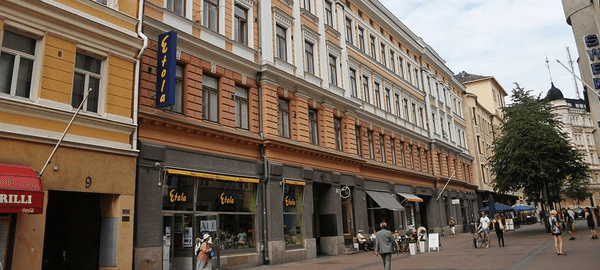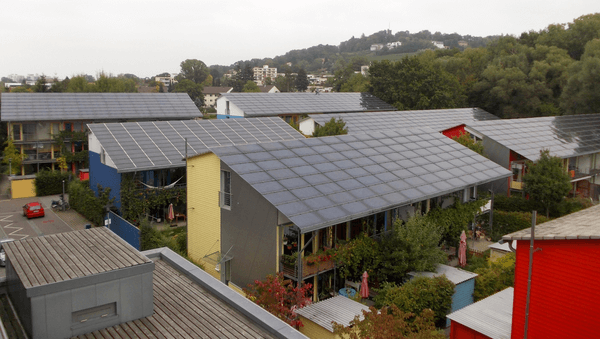 New public space repurposed from the old 28A railway line - © urban.brussels, Séverin Malaud
New public space repurposed from the old 28A railway line - © urban.brussels, Séverin Malaud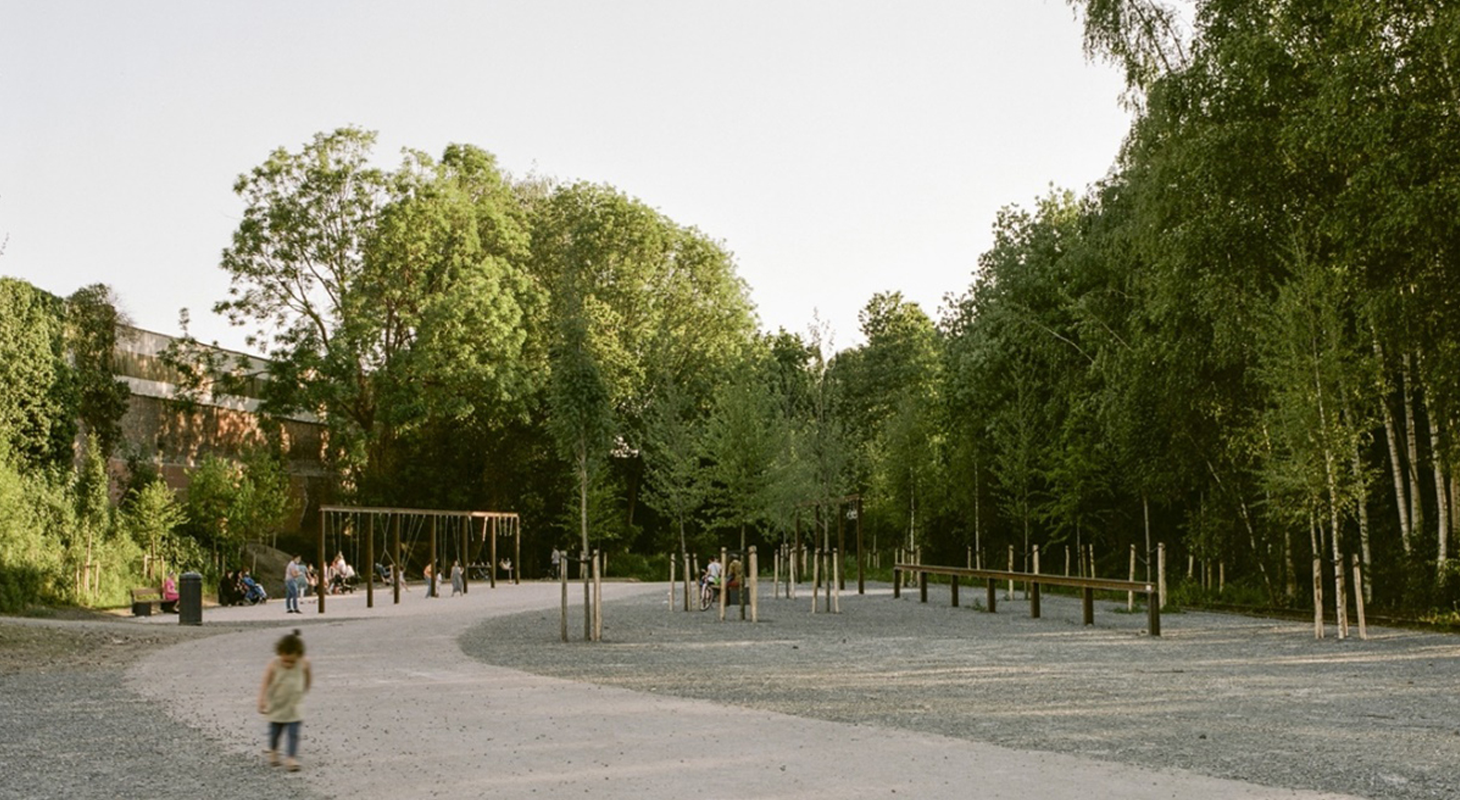 New public space repurposed from the old 28A railway line - © urban.brussels, Séverin Malaud
New public space repurposed from the old 28A railway line - © urban.brussels, Séverin Malaud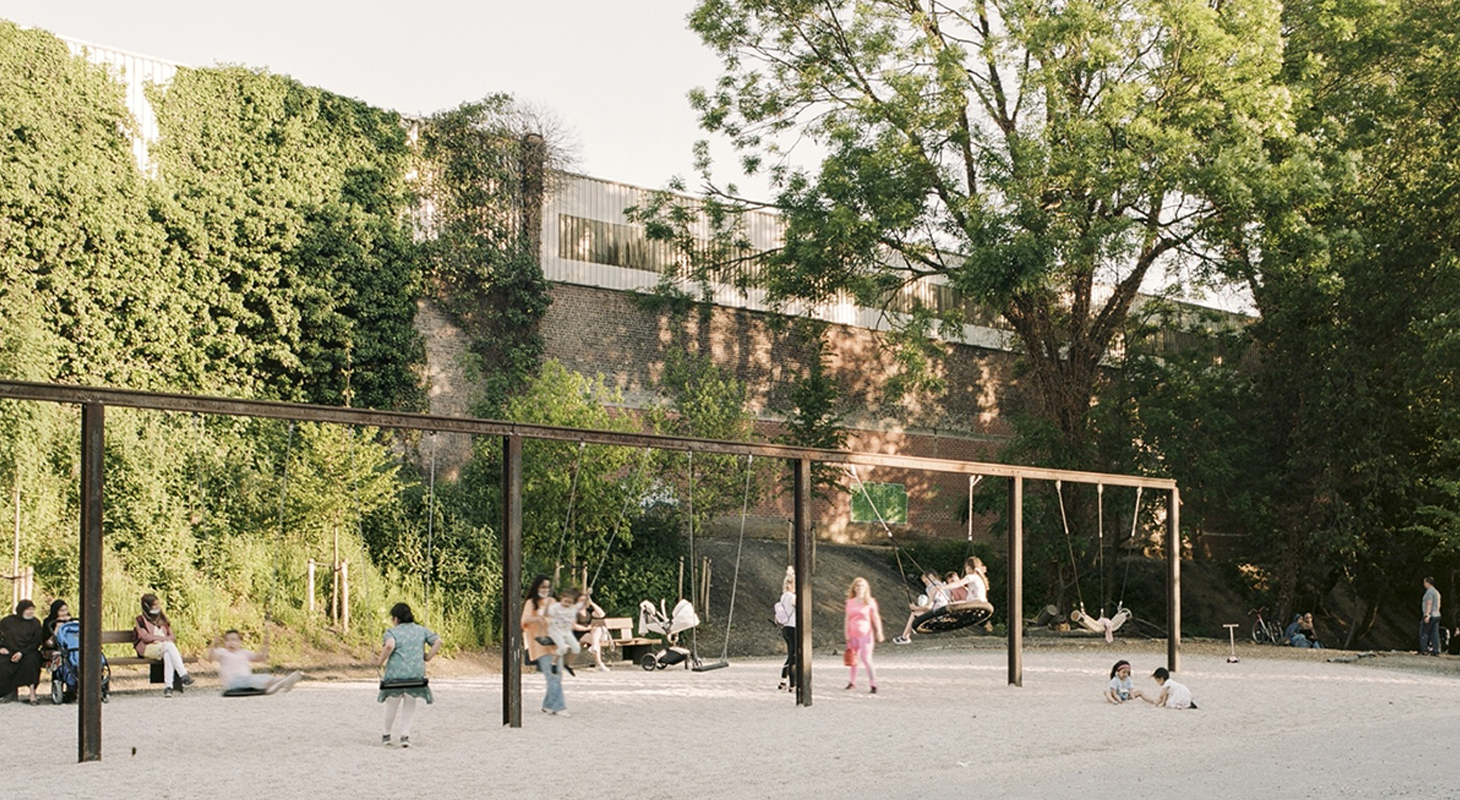 New public space repurposed from the old 28A railway line - © urban.brussels, Séverin Malaud
New public space repurposed from the old 28A railway line - © urban.brussels, Séverin Malaud New public space repurposed from the old 28A railway line - © urban.brussels, Séverin Malaud
New public space repurposed from the old 28A railway line - © urban.brussels, Séverin Malaud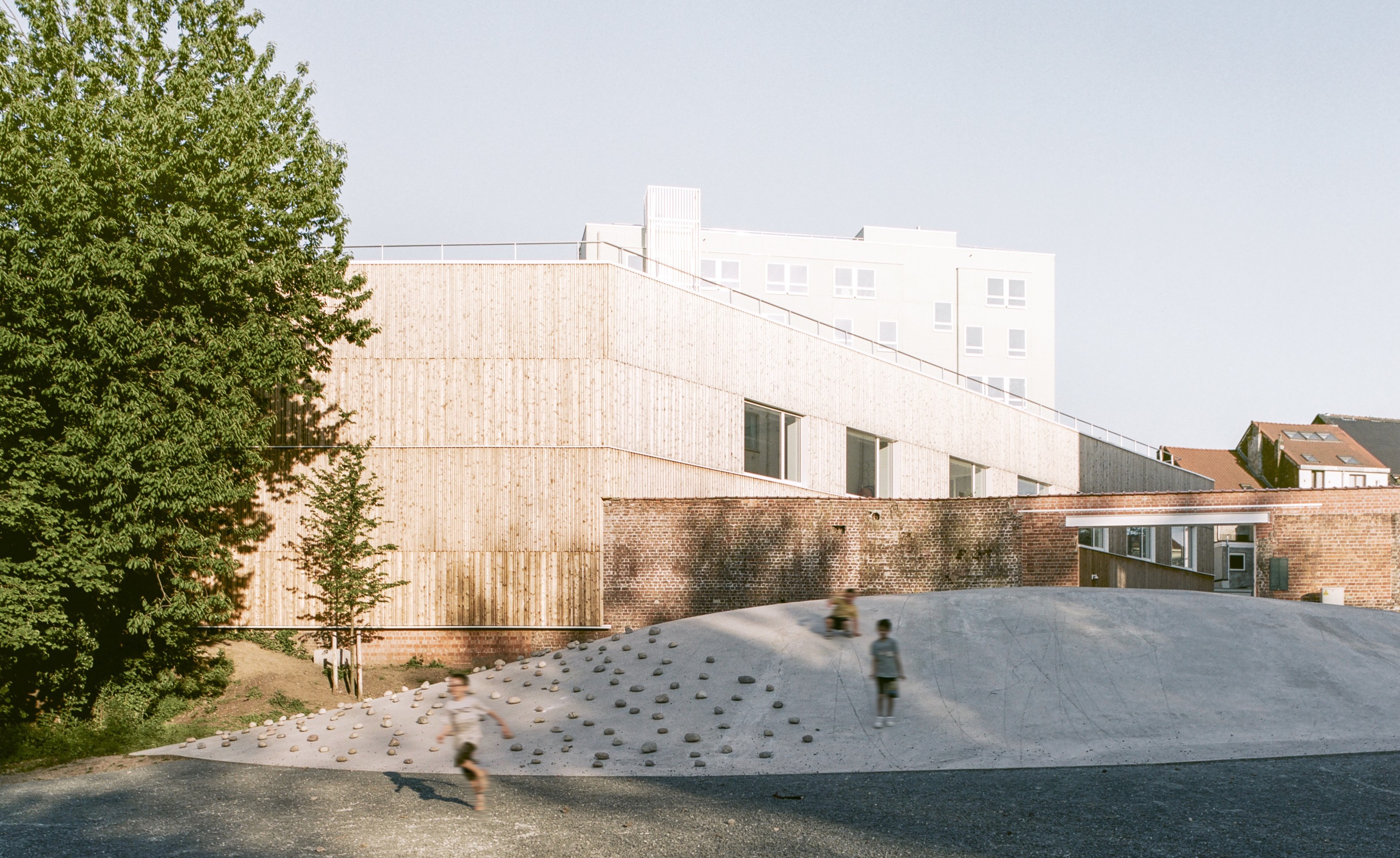 New public space repurposed from the old 28A railway line - © urban.brussels, Séverin Malaud
New public space repurposed from the old 28A railway line - © urban.brussels, Séverin Malaud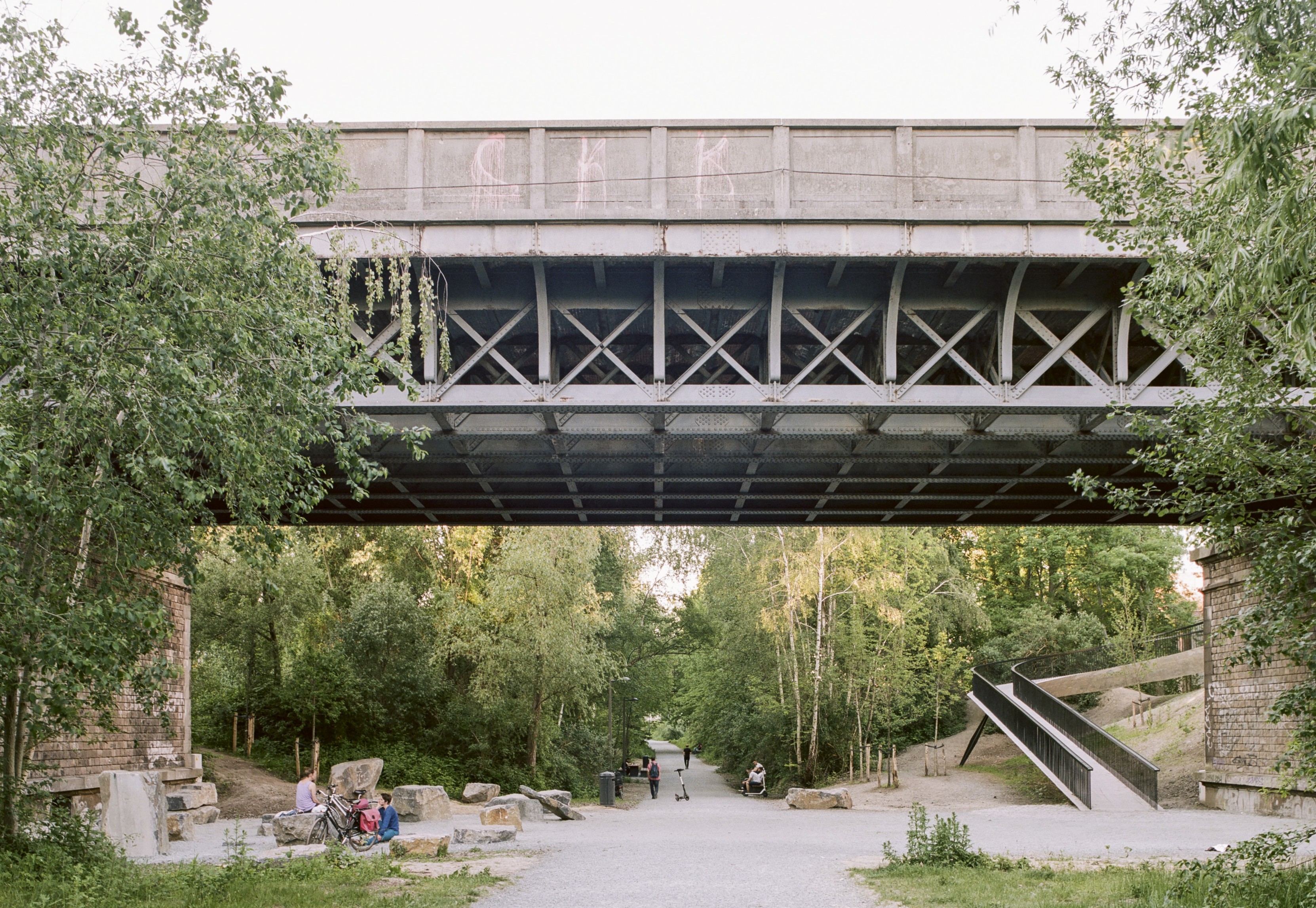 New public space repurposed from the old 28A railway line - © urban.brussels, Séverin Malaud
New public space repurposed from the old 28A railway line - © urban.brussels, Séverin Malaud
City
Brussels Capital Region
Main actors
Local Government
Project area
Neighborhood or district
Duration
2013 - 2021
Linear green public space and pocket parks
The flagship project of the Sustainable Neighbourhood Contract “Bockstael” aims to use the wasteland along the former railway line 28A (L28A) to transform it into a green space open to the neighbourhood and integrated into a larger network of green public spaces. It is connected with the future Tour & Taxis park, the main square of Bockstael, the Canal area, Senne park, the existing linear park to the west and the ongoing development of the Urban Renewal Contract “West-Station” (a pedestrian-cycling path with, a park, rail and canal crossings, cultural and socio-economic facilities and temporary occupations). The aim of the project is to create useable public space from unbuilt, inaccessible space resulting from the railway infrastructure and link it to existing infrastructure and the surrounding neighbourhoods.
A “Sustainable Neighbourhood Contract” is an action plan limited in time and space, between the Brussels-Capital Region, the municipality and the citizens of a neighbourhood. It sets out a programme to be carried out within a defined budget. The Region invests in priority zones, mostly areas that have been neglected due to economic and social changes and where there is little interest in private investments. The programme must therefore be a lever for the socio-economic upgrading of the neighbourhood, with public-public or public-private projects, large or small, market-correcting, for a better environment. The participatory process contributes to its social cohesion.
The intervention area of the Sustainable Neighbourhood Contract “Bockstael” revolves around the Bockstael square and the railway lines (lines 28, 50 and 60). This district is densely built up and has a very low level of greening. In order to continue the revitalisation of this part of the local municipality of Laeken (part of the City of Brussels), significant resources are being invested in the following areas:
- improvement of the green network with the development of a pedestrian-cyclist link along the railway line and the creation of 5 ‘Pocket Parks'
- development and enhancement of public spaces
- creation of community facilities and establishment of socio-economic initiatives
- projects for youth
- participatory initiatives with socio-economic project holders and citizens focusing on communication, environment, sport and culture to strengthen the identity of the neighbourhood, social cohesion and the quality of life and well-being
The project fully responds to the lack of green and natural space in a dense area and consists of various actions:
- removal of the current occupants; formalisation of a right to occupy the land; realisation of a masterplan for the entire site; development of accesses; linking of real estate operations and the L28A site.
- This action also aims to create pocket parks and a larger park, with green play area, recreational and sports areas while preserving the wooded atmosphere of the site.
As defined in the Regional Sustainable Development Plan, the Brussels Capital Region, in consultation with the public services concerned, defines priority Zones for Urban Revitalisation in which several regional instruments are applied, such as the “Sustainable Neighbourhood Contracts”. These programmes are managed and monitored by the Urban Renovation Directorate of the regional public service Urban.brussels.
The development of the masterplan and the implementation of the different programmes – monitored by Urban.brussels – is managed by a team at the local municipality concerned, in this case for the sustainable neighbourhood contract “Bockstael”, the City of Brussels. Depending on the different projects in the programme, other partners (public and private) may be involved in their realisation.
The public service Environment Brussels participated in the advisory committee and during the development of the masterplan, they decided to release an additional and substantial budget for the realisation of the park L28A. The City of Brussels financed the study with the budget of the sustainable neighbourhood contract. Brussels Environment was the contracting authority for the execution and is also responsible for the future management and maintenance of all public and green spaces.
The federal service Beliris is involved for the realisation of some infrastructure works for a better connection between the neighbouring areas.
For the elaboration of public tenders and competitions, the City of Brussels was assisted by the team from “Bouwmeester - Maître Architecte” (BMA), the Regional Government Architect.
A participatory process is inherent to a Sustainable Neighbourhood Contract, with the participation of and communication with citizens in the form of general assemblies, neighbourhood commissions, guided walks, etc. The selected design team was associated with an agency who specialise in participation (MAAT) and who set up a participatory process with socio-economic project holders and citizens with a specific focus on communication, environment, sport and culture. It started from the beginning of the programme in 2013 and continued throughout the development of the sustainable neighbourhood contract (at least until 2018). A citizen representing the neighbourhood association "Habiquart L28" was also part of the advisory committee for the appointment of the design team in 2016.
Finally, the last participatory phase remains the most common one during the public enquiry in the "permit" phase. Planning permission was granted in January 2018.
Timing
- 2013-18: sustainable neighbourhood contract “Bockstael”, development of masterplan and projects, participation initiatives with socio-economic project holders and citizens
- 2016-20: planning permission and start realisation
- 2021: due to the lengthy procedure for acquiring the land and for a more ambitious project, the park L28A was opened in April 2021, to meet the urgent need for extra green and public spaces in this very densely populated neighbourhood as travelling or other outdoor activities were limited because of to the covid measures and restrictions.
Masterplan/projects
- The masterplan was developed by the design team: Urban Platform and Artgineering
- The projects are developed by the design team: Landinzicht (landscape), Maat (urban integration and citizen and professional participatory process), Baukunst (architectural interventions) and ARA (sustainability and technical aspects)
Sustainable Neighbourhood Contract “Bockstael” (2013-2017)
- Brussels-Captial Region: 11,000.000 €
- City of Brussels: 11,000.000 €
- Beliris: 3,125.000 €
- Total: 25,125.000 €
FEDERAL: Beliris (cooperation between the Federal State and the Brussels-Capital Region with the aim of improving the image of Brussels as the capital of Belgium and Europe. Beliris carries out construction, renovation and restoration projects in various fields)
REGIONAL: Urban Brussels (coordination masterplan, monitoring and follow-up), Environment Brussels (co-financing, co-steering and management of the green spaces), Bouwmeester-MaîtreArchitecte BMA (assistance)
LOCAL: City of Brussels (elaboration programmes, public tenders and competitions), local associations and citizens
Project Park L28A
- Estimated / Realisation
- Brussels-Capital Region: 416,000 €
- City of Brussels: 844,000 €
- Total Sustainable Neighbourhood Contract: 1,260.000 € / 1,000,000 € (acquisition)
- Extra financing by Environment Brussels: 1,400,000 € / 2,900,000 € (execution)
- TOTAL: 2,660,000 € / 3,900,000 €
The co-financing by another public institution contributed to the realisation of a much more ambitious project producing high landscape and architectural quality.
The project has received a very positive response, from those involved and from the local residents. The involvement of the local community went smoothly because there was little opposition to a new additional public space, well connected to the neighbourhood and to other public spaces in the area.
The diversity of open spaces and programmes of the Neighbourhood Contract ensure a diversified and heterogeneous result, in line with the needs and requirements of the local community.
The new public park offers an experience of nature and spaces for leisure, playing and sports. Certain parts are deliberately not clearly defined to allow for different activities.
Much of the existing nature has been preserved, as well as a section of marshland. The park is largely permeable to water. An existing ditch is cleaned and a new ditch is created to collect rainwater of mineral pavements. This results in a reduction of water discharge into the city sewer system. The stagnant water in the ditch will also stimulate the aquatic fauna and flora.
The new park project is based on the unification of the existing natural green space. By preserving as much existing vegetation as possible, it contributes to nature in the city. In this way, it also provides a more natural green space than, for example, the landscaped park at Tour & Taxis.
Some of the species planted will also contribute to the natural qualities of its wildlife. They are mainly native species, varied with fruit trees in the pocket park and species more adapted to urban situations on the open areas.
Nature contributes to the quality of the climate and air. The project encourages walking, cycling, playing and social activities.
The co-financing by another public institution had implications for a more complex management structure of the project. The City of Brussels had to acquire certain land, and Environment Brussels had to develop the project for the park. Each with their own timing and procedures. Thus, it must be clearly agreed upon who is responsible for what and when to approve it.
During the implementation of the project, some regulations changed and this had an impact on the ongoing process.
Acquiring land from external parties made a significant impact on the budget and timing. Unfortunately, some landowners did not take into account the price for the development of a public space and calculate the purchase price on the basis of a private commercial development.
In order to apply principles of a circular economy, the reuse of soil was been considered. But this was impossible because of the regulations.
Lessons Learned
In order for a public space project to evolve, collaboration is important in both the development and implementation of the project.
Co-financing by another public institute has had a big impact on the governance of the project (organisation, timing and procedures) but has resulted in better quality.
It is important to acquire land for the development of public spaces and to include the future management of those spaces in the development of the project.
The regulations must be adapted to allow, for example, new principles of circular economy.
Some parts of the park are more accessible than others. This could be improved in the future.
Transferability
The sustainable neighbourhood contracts and other programmes of the Urban Renovation Directorate of Urban.brussels are the subject of international exchanges with other cities and organisations, through the sharing of experiences and examples, seminars, presentations, visits, etc.
- Sustainable Neighbourhood Contract “Bockstael”: https://quartiers.brussels/1/q/72
- Project L28A: https://quartiers.brussels/1/qp/1100
- Brussels Architecture, Prize Public Space (video with English subtitles): https://www.youtube.com/watch?v=chAPdIImguE
Media
- http://www.landinzicht.org/publieke-ruimte/pannenhuispark/
- https://www.bau-kunst.eu/
- https://www.a-plus.be/fr/projet/mystery-train/
- https://www.artgineering.eu/portfolio/sustainable-neighbourhood-contract-bockstael/
- https://www.brusselstimes.com/belgium/164859/proposal-for-new-brussels-green-space-gains-local-support/
- http://www.recyclart.be/fr/fabrik/habiquart-l28
References
On Map
The Map will be displayed after accepting cookie policy
